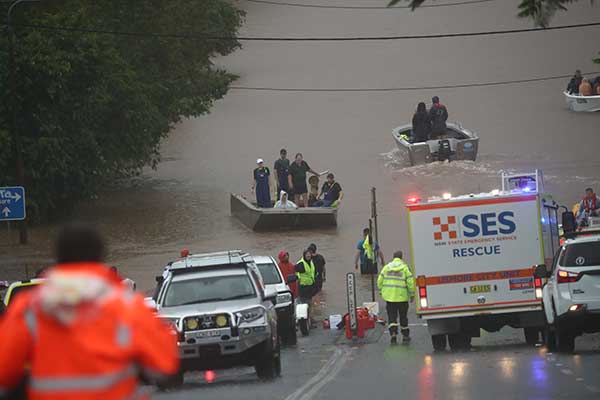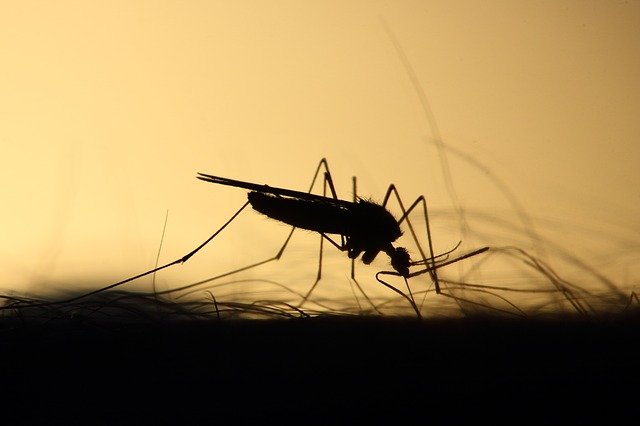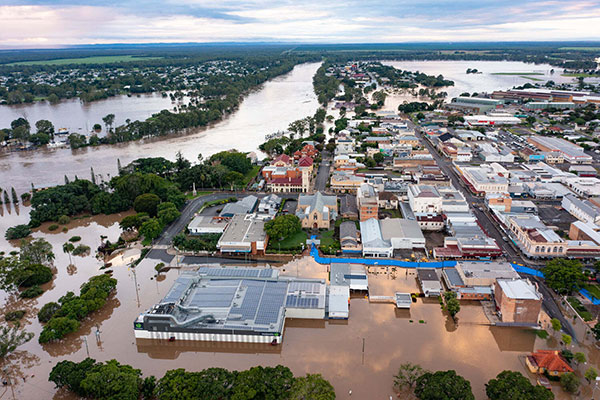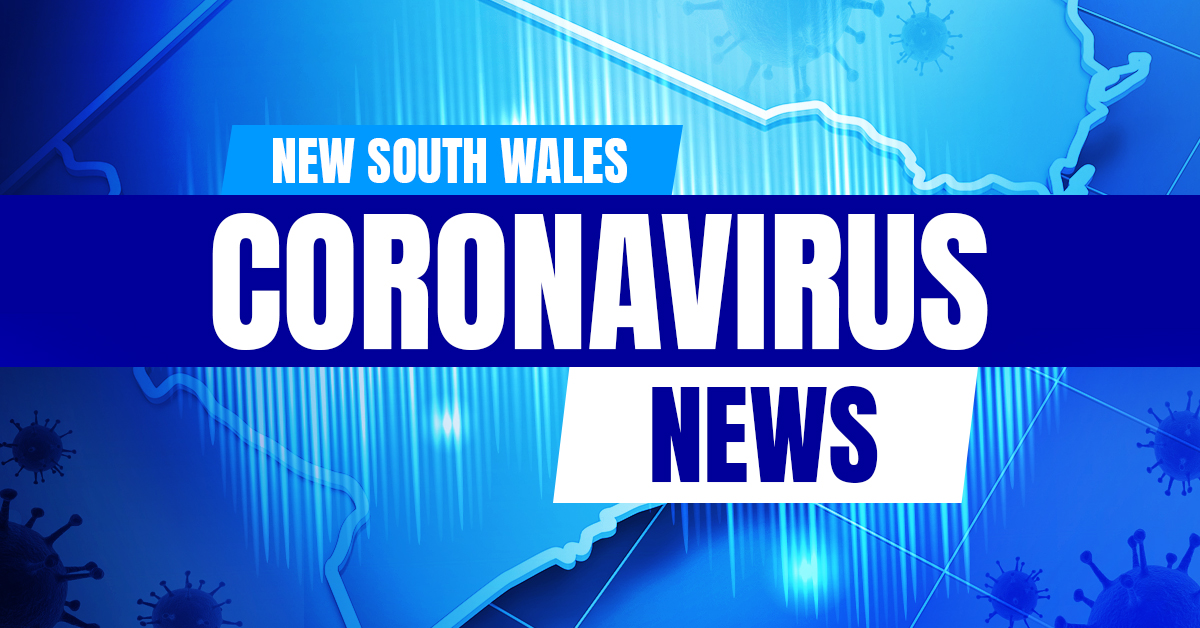Selected
- Details
- Written by Grant Broadcasters
- Category: Selected
- Hits: 113

South Australia has sent a team of swift water rescue experts to support the New South Wales State Emergency Service as it responds to severe storms and life-threatening flooding.
The 12 technicians, drawn from SA State Emergency Service and Metropolitan Fire Service personnel, left Adelaide on Tuesday and will support operations in NSW until Saturday.
SES Chief Officer Chris Beattie said with recent torrential rain in the north of the state, South Australia had experienced first-hand the devastating impact flooding can have on communities.
"South Australia has a long history of providing assistance to other states in times of need," he said.
"The rescue technicians will play an important role in supporting the NSW SES during this severe weather event.''
The unprecedented floods in northern NSW are worse than anticipated, with 34,000 people ordered to evacuate and another 310,000 warned to be ready to flee.
The Bureau of Meteorology warned NSW is in for more thunderstorms, heavy rain and damaging winds as extreme weather moves south along the coast.
A low-pressure system is heading towards Sydney on Tuesday night with heavy rain that could cause flash flooding and potentially hazardous conditions.
© AAP 2022
Photo: Flooding occurs in the town of Lismore, northeastern New South Wales. (AAP Image/Jason O'Brien)
- Details
- Written by Grant Broadcasters
- Category: Selected
- Hits: 141

One person has died and four people remain in hospital in South Australia, their cases possibly linked to mosquito-borne diseases, prompting a warning from health officials.
SA Health says people should avoid exposure to mosquitoes, following the recent detection of various flaviviruses in southern parts of Australia - spread through the bite of infected insects.
"In South Australia, there have been seven cases of acute encephalitis identified in the past month, which are currently undergoing investigation for flavivirus infection," executive director of health protection Chris Lease said.
"All of these people required hospitalisation with four people currently still in hospital, and one person having sadly passed away."
Dr Lease said the Kokobera virus had been detected in adult mosquitoes in the SA Riverland in recent weeks, while the rare Japanese encephalitis virus had been found in pigs in NSW, Victoria and Queensland and the West Nile virus in horses in NSW.
"Kokobera virus, Japanese encephalitis virus, West Nile virus, and Murray Valley encephalitis virus all belong to the flavivirus group," he said.
"Most people who are infected with these viruses are asymptomatic or develop a mild febrile illness, but a small proportion of infected people - less than one per cent - will develop encephalitis, which may be fatal or cause long-term neurological damage."
Symptoms of encephalitis may include confusion, headaches, neck stiffness, tremors, drowsiness and seizures.
Japanese encephalitis virus is endemic in the Torres Strait and had not previously been detected in NSW or Victoria, and has never been detected in South Australia.
Murray Valley encephalitis virus and West Nile virus are endemic in birds in northern Australia with occasional cases occurring in humans.
Chief Veterinary Officer Mary Carr said the Department of Primary Industries and Regions was undertaking surveillance measures within SA to monitor for Japanese encephalitis virus (JEV).
"The normal life cycle of JEV is between waterbirds and mosquitoes, which may then accidentally spill over to pigs and horses, but there are currently no confirmed livestock detections of JEV in South Australia." Dr Carr said.
Dr Lease said, in addition to the seven cases of acute encephalitis, there had also been an increase in the number of cases of Ross River virus with 77 reported so far this year compared to 48 at the same time last year.
The increase in all mosquito-borne diseases has been linked to the La Nina weather event across southeastern Australia this summer.
© AAP 2022
- Details
- Written by Grant Broadcasters
- Category: Selected
- Hits: 141

Stranded residents on the Fraser Coast north of Brisbane are cautiously awaiting a peak of the Mary River as floodwaters engulf bridges and separate towns.
Major flooding continued in the Gympie and Maryborough regions on Monday after widespread rainfall saturated the area with totals of 200-600 millimetres recorded in the past four days.
Up to 3600 homes in Gympie could be affected by the rainfall as some isolated areas of the region received more than 1000mm over the period.
The Mary River at Gympie is at 19.36 metres and falling with major flooding, but may drop below the major flood level of 17 metres on Monday evening.
In Maryborough, major flooding is still ongoing with business operators bunkering down at home and flooding on the Mary River inundating pedestrian bridges linked to the CBD.
"Everyone's pretty much reluctantly settling into the fact that we're going to go through it again. There's not much we can do about it," Doug Cuzens from the Maryborough Services Memorial Bowls club told AAP.
"Where I am at the moment I can't get out because Schultz's bridge has gone under. It's running over the top of the bridge.
"We're all optimistic. Hopefully we don't go getting an 11-metre flood or an 11-and-a-half metre flood that people think could possibly happen, but you just don't know."
The weather bureau expects Monday evening's peak to reach the level observed when Tropical Cyclone Oswald hit the town in 2013.
The town's levee is withholding the Mary River at 9.8 metres, but Fraser Coast Mayor George Seymour said the expectation was that it would rise.
"Right now it's at 9.8 metres and maybe in about 10 hours or less, it will be at 10.7 and perhaps even higher," he told AAP.
Mr Seymour said CBD businesses should be safe as the levee protects up to 11.3m, but many residences would be affected if it gets above 10.7m.
It is the second time in six weeks the town on the Fraser Coast has erected its flood levee after catastrophic flooding forced an evacuation of the CBD in January with as many as 100 businesses affected.
On the Sunshine Coast, Council Mayor Mark Jamieson said residents were well into the recovery stage as the area received more than 1000mm of rainfall in the past week.
In the 24 hours to 9am on Sunday, rainfall totals of 150-350mm were recorded in the Noosa and Maroochy catchments, with a further 20-100mm observed since.
Mr Jamieson said there was significant damage in the hinterland area, with council staff inspecting roads, bridges, sea walls, weirs and community facilities.
He said the number of interstate travellers left stranded on the Sunshine Coast was dwindling as the region's airport was operational again.
But Mr Jamieson said the Sunshine Coast, like large parts of the southeast, would need plenty of recovery assistance.
"The funding that will be required through the federal and state governments will run into the many, many tens of millions of dollars," he told AAP.
On Monday, the federal government announced disaster payments for adults and children accessible through the same services used throughout the COVID-19 pandemic.
"Our payments are $1000 per eligible adult and $400 per eligible child, and that is available through Services Australia Disaster Assistance Phone Line," Prime Minister Scott Morrison said.
© AAP 2022
A supplied image of floodwaters in Maryborough, Queensland, Monday, February 28, 2022, Major flood alerts have also been issued for rivers in Gympie, Maryborough, Sunshine Coast, Noosa, Moreton Bay, Ipswich, the Lockyer Valley, Toowoomba, Darling Downs and the Gold Coast. (AAP Image/Supplied by Fraser Coast Regional Council)
- Details
- Written by NSW News
- Category: Selected
- Hits: 132

NSW has recorded 6014 new infections to its COVID-19 caseload and recorded a further seven deaths.
One person was from the Shoalhaven region and another was from the South Coast.
There are 1146 patients in hospital, with 58 in intensive care.
Of the new cases recorded in the 24 hours to Saturday evening, 3816 were detected via rapid antigen tests and 2198 from PCR lab tests.
Below is a list of active cases up to yesterday:
* Wollongong 3495 active cases
* Shellharbour 1197 active cases
* Kiama166 active cases
* Shoalhaven 1165 active cases
* Eurobodalla 402 active cases
* Wingecarribee 504 active cases
* Muswellbrook 529 active cases
Page 78 of 191